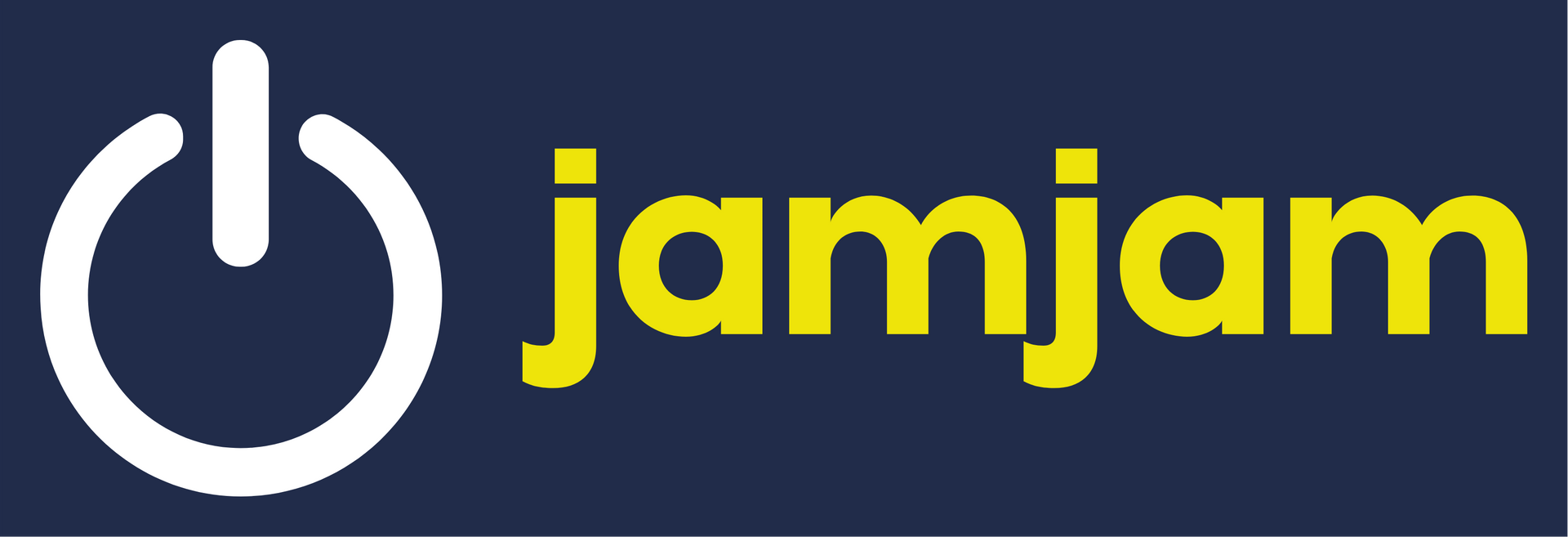OUR PERSPECTIVES

From "Girl Math" to "Leadership Math" You've probably heard of "girl math”, the tongue-in-cheek concept that's taken social media by storm. It's the "logic" that justifies splurging on a designer bag because it was on sale (you're saving money, right?), or considering a coffee as "free" if you pay with cash you found in the pocket of a jacket you’ve not worn for months. While "girl math" is all in good fun, it got me thinking about the often misguided calculations we make as leaders. Enter "leadership math”, a concept that's far less playful than "girl math" and significantly more impactful. Unlike the harmless justifications of "girl math," miscalculations in “leadership math” can have serious consequences for team morale, productivity, and overall organisational health. Today, we're diving into a crucial equation in “leadership math”: why one negative action can't simply be balanced out by a positive one, and how this imbalance can create deep scars in your relationship with with your team.

We Need to Look at Ourselves First Trust in business is often viewed as a precious commodity, slowly accumulated through years of reliable actions and transparent dealings. But what if this conventional wisdom is holding us back? Recent research and forward-thinking organisations are challenging this notion, suggesting that adopting a trusting mindset from the outset might be the key to unlocking unprecedented levels of innovation, collaboration, and success in the modern business landscape. The Traditional View vs The New Paradigm Traditionally, we've been taught that trust must be earned. This perspective puts the onus on others to prove their trustworthiness. While there's value in this approach, it can create an environment of suspicion and caution, potentially hindering collaboration and innovation. A growing body of evidence suggests that approaching business relationships with a predisposition to trust can yield significant benefits. This paradigm shift focuses on cultivating a trusting environment rather than simply earning trust. The Benefits of a Trusting Mindset 1. Enhanced Collaboration, Innovation and Engagement Research shows that employees in high-trust organisations are more productive, have more energy at work, are more engaged and collaborate better with their colleagues (Zak, 2017). A trusting mindset encourages open communication, idea-sharing, and risk-taking, leading to enhanced creativity and problem-solving capabilities. All in all, a better place to work! 2. Increased Cooperation and Productivity A 2018 study published in the Journal of Personality and Social Psychology found that individuals who exhibited high trust were more likely to cooperate with others, even in one-time interactions (Yamagishi et al., 2018). The better we cooperate, the better our individual and collective productivity. 3. Improved Negotiation Outcomes A study in the Journal of Conflict Resolution demonstrated that negotiators who approached talks with a trusting attitude achieved better outcomes than those who were more guarded (Kong et al., 2014). And this not only applies when negotiating big deals with parties outside your organisation - it’s also critical when discussing the ‘small stuff’ with your own colleagues. 4. Psychological Safety Google's Project Aristotle, which analysed team dynamics, found that psychological safety—rooted in trust—was the most significant factor in team effectiveness. Teams that felt safe to take risks and be vulnerable in front of each other were more successful. If you really want to innovate or push the boundaries of current possibilities, a culture of trust is essential. The Cost of Distrust Conversely, the absence of trust can lead to a toxic work environment, high employee turnover, and diminished productivity. A study by the Edelman Trust Barometer found that companies with low trust levels experience greater employee disengagement and higher turnover rates. Distrust breeds micromanagement, excessive oversight, and fear—elements that stifle innovation and hinder growth. Moreover, when distrust seeps into an organisation, it can affect relationships with clients and stakeholders. A lack of trust can lead to poor communication, misaligned goals, and ultimately, failed partnerships. Companies like Enron serve as stark reminders of how distrust can lead to catastrophic failures—not only internally but also externally, damaging reputations and client relationships. Implementing a Trusting Mindset in Business So how can we cultivate this trusting mindset in our professional lives? Lead by Example : Leadership plays a crucial role in establishing a culture of trust. Leaders should model vulnerability and transparency, demonstrating that trust is reciprocal. When leaders share their challenges and successes openly, they encourage a culture where employees feel safe to do the same. Start with Trust : Instead of making others earn your trust, start from a position of trust. This doesn't mean being naive, but rather giving people the benefit of the doubt. Empower Employees : Empowerment goes hand-in-hand with trust. When employees are given autonomy to make decisions, it shows that the organisation believes in their capabilities. This empowerment not only builds trust but also fosters accountability and engagement. Encourage Open Communication : Create channels for open dialogue. Regular feedback sessions, town hall meetings, and anonymous surveys can help employees voice their thoughts without fear of retribution. This openness not only strengthens trust but also drives improvement. Embrace Vulnerability : Research by Brené Brown shows that vulnerability is a key component of trust. Be willing to admit mistakes and ask for help when needed. Focus on Shared Goals : Emphasise common objectives to foster a sense of unity and shared purpose. If you have a strategy (ahem!!), share it, and live it. Focus every day on achieving it! Celebrate Collaboration : Recognise and reward collaborative efforts within the organisation. Celebrating teamwork fosters a sense of community and reinforces the idea that trust is a collective effort. The Bottom Line Trust in business is not merely about earning it; it's about adopting a trusting mindset that permeates the entire organisation. By fostering an environment where trust thrives, businesses can unlock the potential of their teams, enhance collaboration, and build resilient relationships with clients and partners. As Stephen M.R. Covey, author of "The Speed of Trust," aptly puts it: "Trust is the one thing that changes everything." By shifting our focus from earning trust to cultivating a trusting environment, we can create more collaborative, innovative, and successful business relationships. In a world where trust is increasingly scarce, the organisations that prioritise a trusting mindset will not only survive but thrive. Let's shift our perspective—trust isn't just a goal; it's a fundamental way of working that can transform our businesses for the better. References: 1. Yamagishi, T., et al. (2018). Cortical thickness of the dorsolateral prefrontal cortex predicts strategic choices in economic games. Proceedings of the National Academy of Sciences, 115(20), E5582-E5591. 2. Zak, P. J. (2017). The neuroscience of trust. Harvard Business Review, 95(1), 84-90. 3. Kong, D. T., Dirks, K. T., & Ferrin, D. L. (2014). Interpersonal trust within negotiations: Meta-analytic evidence, critical contingencies, and directions for future research. Academy of Management Journal, 57(5), 1235-1255. 4. Brown, B. (2018). Dare to Lead: Brave Work. Tough Conversations. Whole Hearts. Random House. 5. Covey, S. M. R. (2006). The Speed of Trust: The One Thing that Changes Everything. Free Press. 6. Edelman Trust Barometer. (2021). Annual Global Study. Edelman. 7. Google re:Work. (2015). Guide: Understand team effectiveness.

Pyramid thinking was popularised by Barbara Minto in the 1970s when she worked as a consultant at McKinsey & Company. She developed the Minto Pyramid Principle to help consultants structure their recommendations in a clear, logical, and persuasive way. The idea was to put the most important conclusion or message at the top, followed by supporting arguments, and then detailed evidence. This approach was revolutionary in the business world, where dense, complex reports often overwhelmed executives and decision-makers. The roots of pyramid thinking, however, can be traced back to classical rhetoric, where speakers were taught to lead with their main argument to engage the audience early. The concept has since evolved and is now widely applied across different industries, from corporate presentations to journalism, helping people organise and communicate information effectively. Today, it’s an essential tool for anyone who needs to cut through information overload and ensuring that their most important ideas are delivered with clarity and impact.

Executive Presence has long been hailed as a crucial trait for leaders, often described as the "x factor" or an intangible quality that's easy to recognise but hard to define. Traditionally, the "7 C's of Executive Presence"—composure, confidence, credibility, communication, connection, clarity, and charisma—served as the standard definition. However, as the workplace evolves and societal values shift, it’s clear that what defines executive presence must adapt as well. The COVID-19 pandemic and digital transformation have reshaped work environments, leading to the adoption of remote work, hybrid meetings, and flexible work arrangements. These changes have introduced new challenges and expectations for leaders. Traditional markers of executive presence are being re-evaluated as leaders struggle to balance rigidity with flexibility. Mixed messages from leaders about policies and adaptability have become more common, reflecting the growing need for a revised approach to leadership. The 5 G.R.E.A.T. Traits of Executive Presence To stay relevant, executive presence must evolve beyond the traditional 7 C's. These are the 5 G.R.E.A.T. Traits that we believe reflect contemporary leadership needs - G enuine, R esilient, E mpathetic, A ligned, T ogether: 1. Being Genuine in a Virtual World In a virtual world, being genuine has become more important than charisma for leaders. While charisma once meant commanding a room with presence, the shift to online meetings has changed leadership dynamics. Authentic leaders—those who are genuine and transparent—build trust more effectively in remote settings. Virtual interactions minimise non-verbal cues. In a Zoom meeting, for instance, a leader’s sincerity and openness can be more impactful than a polished, charismatic presentation. Teams are more likely to connect with leaders who are real and relatable, fostering loyalty and trust in a way that charisma alone can't achieve in a digital environment. 2. Being Resilient in an Uncertain World In an uncertain world, resilient adaptability often surpasses clarity. While clarity is important for guiding teams, resilience allows leaders to navigate rapidly changing circumstances effectively and to lead through ambiguity. In unpredictable situations, the ability to pivot and adjust strategies is crucial for addressing new challenges and seizing emerging opportunities. Resilient leaders who emphasise adaptability are better equipped to guide their teams through uncertainty, whereas an over focus on rigid clarity can limit flexibility and responsiveness. Leaders who make bold statements about the future during times of uncertainty may believe they are demonstrating strong leadership and providing reassurance to their teams. However, such statements can backfire if they reflect a misreading of the situation. Instead of instilling confidence, these leaders risk undermining their broader credibility by appearing out of touch or overly optimistic, which can erode trust and damage their ability to lead effectively in the long term. 3. Being Empathetic in a Time of Crisis In times of crisis, empathy often takes precedence over confidence for leaders. While confidence can inspire, it’s empathy that truly connects with people during challenging times. In a crisis, employees need leaders who understand their struggles and show genuine concern for their well-being. Leaders who demonstrate empathy foster a supportive environment, making their teams feel valued and heard. This approach builds trust and resilience, which are crucial for navigating uncertainty. In contrast, leaders who rely solely on projecting confidence may appear out of touch, missing the opportunity to create meaningful connections and provide the support their teams need most. 4. Being Aligned in Remote Working In remote and hybrid work settings, being aligned and purpose-driven often outweighs mere connection. While maintaining connections is important, being aligned on a clear and compelling purpose motivates teams, even when working apart. Leaders who emphasise purpose inspire commitment and direction, and help teams stay engaged and focused on shared goals. In contrast, focusing solely on connection can lead to disengagement and a lack of direction. For instance, an organisation that prioritises regular virtual social events to foster connection among employees may find that, despite a short-term increased sense of well-being, employees still fail to grasp sustained motivation and direction towards the organisation's mission. 5. Being Together in Diverse Teams In diverse teams, the inclusivity of being together often outweighs composure. While composure helps maintain calm, emphasising togetherness ensures that all team members feel valued and heard. Leaders who prioritise inclusivity actively seek to understand and embrace diverse perspectives, fostering a more collaborative and equitable environment. This approach builds trust and engagement across different backgrounds and experiences, which is crucial for effective teamwork. In contrast, an overemphasis on composure might overlook the importance of creating an inclusive culture, potentially leading to disengagement and missed opportunities for diverse input. Leaders must ensure that all voices are heard, regardless of location or background. This evolution reflects a broader societal push towards diversity and inclusion, which is a "must-have" in leadership today. Embracing the Future of Executive Presence As the workplace evolves, so too do the qualities that define executive presence. Today's leaders face the challenge of blending the traditional 7 C's with contemporary values. The digital and societal shifts of recent years have shone a light on the fact that traditional attributes of executive presence are no longer fit for the modern workplace. The 5 G.R.E.A.T. Traits of Executive Presence now stand as the crucial attributes for any forward-thinking leader.

In the mid-stages of your career, you might find yourself wanting to shift how you’re perceived within your organisation or in the wider market. Perhaps you've been seen as the steady, reliable type, but you want to be known as a dynamic innovator. Or maybe you've been viewed as intellectually lightweight and wish to establish yourself as a serious thinker. The good news is that it's never too late to redefine your professional brand. With intentional strategies, consistent actions, and a bit of storytelling, you can reshape how your colleagues and leaders perceive you.

Atomic Habits by James Clear is a highly influential book that explores the power of small, consistent actions in transforming our lives. Clear argues that instead of focusing on grand goals, we should concentrate on refining our daily habits, which compound over time to produce significant results. The book introduces the "Four Laws of Behaviour Change," which guide readers in making and maintaining positive habits. Many readers have found it life-changing, as it provides practical strategies to break bad habits, build good ones, and ultimately achieve long-term success by focusing on incremental improvements. But how can you take insights from Atomic Habits and establish better ways of working in your organisation?


